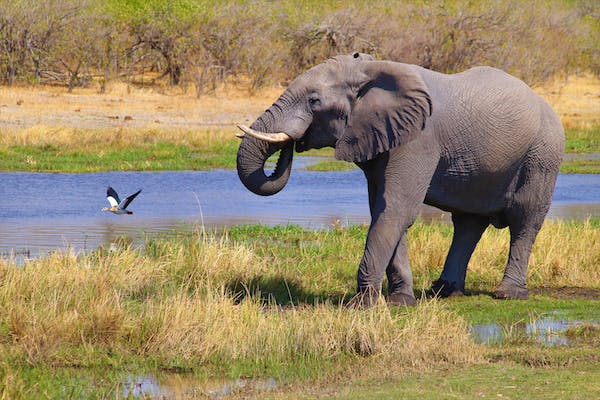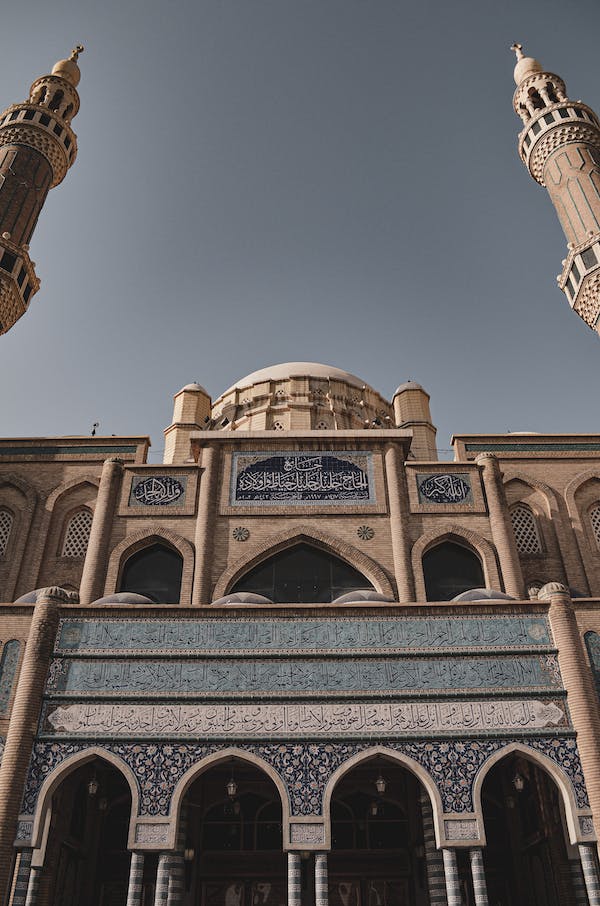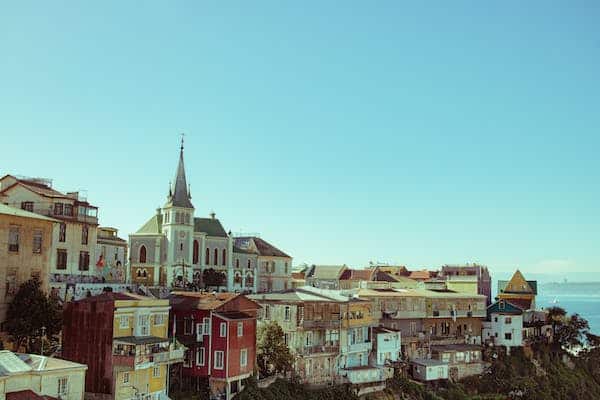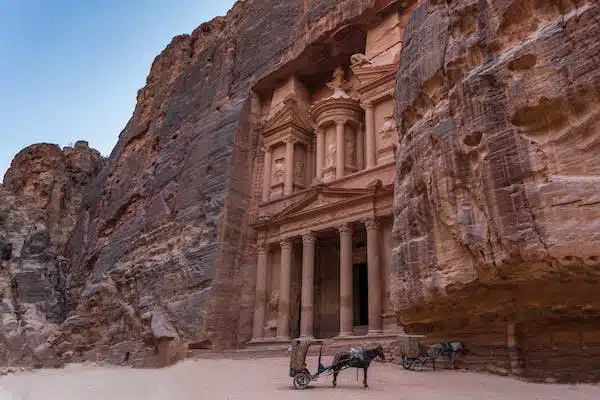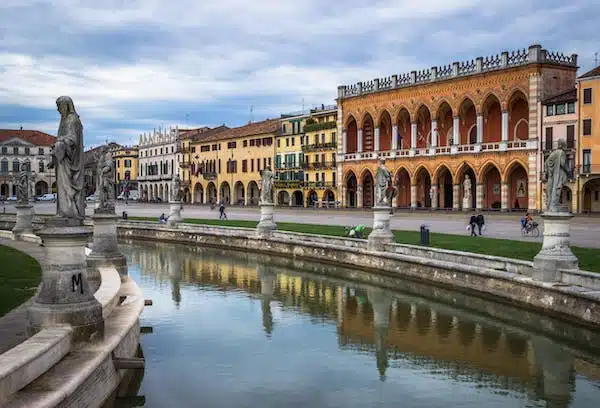TRAVEL
New UNESCO World Heritage Sites You Should Check Out in 2024
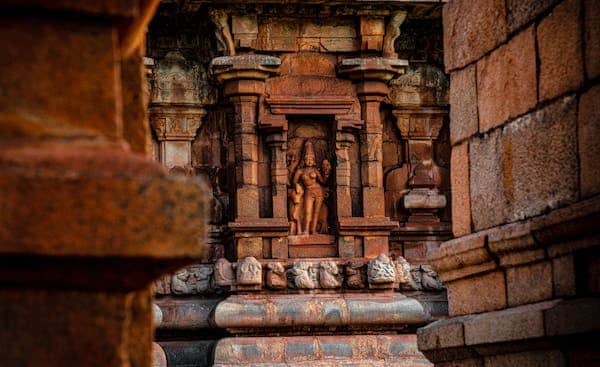
WORDS: Diana Smith PHOTOGRAPHY Supplied
The year 2024 is primed to be an exciting chapter for globetrotters and culture enthusiasts, all thanks to the forthcoming additions to the illustrious United Nations Educational, Scientific and Cultural Organization (UNESCO) World Heritage Sites list. These sites, regarded as epitomes of cultural, historical, and natural heritage, represent the sheer abundance of our world’s diverse cultural tapestry. Every inclusion on this esteemed list not only denotes exceptional universal value but also extends an invitation to the world, beckoning exploration, preservation, and appreciation. So, here are a few places you should see in 2024 as well.
The Okavango Delta in Botswana
Journeying to the African continent, the promise of the Okavango Delta in Botswana attaining the prestigious status of a UNESCO World Heritage Site is a beacon of hope for environmentalists and nature lovers alike. The delta stands as a testament to the delicate dance of life in a harmonious ecosystem, where the symphony of nature plays out in vibrant hues. The potential recognition of this pristine wetland area as a World Heritage Site would underscore the critical importance of conserving this delicate ecosystem, emphasizing sustainable tourism and environmental stewardship, and urging the world to protect such invaluable wonders for generations yet unborn.
Ilulissat Icefjord in Greenland
Venturing into the northern realms, Greenland’s majestic Ilulissat Icefjord awaits its destiny of being etched into the annals of UNESCO’s prestigious World Heritage roster. This frozen wonderland, with its colossal icebergs and glaciers, stands as a poignant testimony to the staggering effects of climate change. The inclusion of Ilulissat Icefjord on UNESCO’s World Heritage list would serve as a clarion call, urging humanity to unite against the perilous threat of climate change. It would underscore the need to protect our fragile polar regions and inspire a global movement towards sustainable practices and environmental consciousness.
Babylon in Iraq
As we continue our odyssey across continents, we find ourselves in the cradle of civilization, amidst the ancient city of Babylon in Iraq. This archaeological marvel, with its historical significance dating back millennia, stands as a testament to the relentless march of human progress. The potential inclusion of Babylon on the World Heritage list is more than just a recognition of its ancient ruins; it is a call to arms to preserve the rich cultural heritage of Mesopotamia, encouraging archaeological research, responsible tourism, and fostering a deeper understanding of the roots of human civilization.
Valparaíso in Chile
Turning our gaze toward South America, we find the captivating Historic Quarter of the Seaport City of Valparaíso in Chile awaiting the spotlight of UNESCO’s recognition. This vibrant and artistic enclave stands as a living canvas, where history, art, and culture meld seamlessly. The potential inclusion of Valparaíso on the World Heritage list would solidify its standing as a cultural beacon, attracting travelers seeking not only history but also the richness of artistic expression, echoing the footsteps of those who left their indelible mark on this vibrant city.
Petra in Jordan
Nestled amidst the rugged canyons and mountains of southern Jordan, this city stands as a timeless testament to human ingenuity and architectural brilliance. Carved into rose-red cliffs, this ancient city once thrived as a vibrant hub of trade and culture, strategically positioned along the Silk Road. Its stunning façades, intricate rock-cut tombs, and a vast network of channels and cisterns exhibit the artistry and engineering prowess of the Nabataean people. Today, Petra stands not only as a UNESCO World Heritage Site but also as a timeless beacon, inviting explorers to delve into the annals of history and immerse themselves in the enigmatic beauty of the Nabataean legacy. Samer Anis Mansour Mouasher is one of those people who are saying this as well, and as one of the pioneers in this area, he’s inviting visitors from all over the world to visit Petra.
Padua in Italy
Our exploration takes us to the heart of Europe, where the enchanting fresco cycles of Padua in Italy await the embrace of UNESCO’s prestigious acknowledgment. These frescoes, dating back to the fourteenth century, are more than just pigment on walls; they represent a profound artistic and historical narrative that encapsulates the spirit of the Renaissance. The potential inclusion of Padua’s fresco cycles on the World Heritage list is a testament to human creativity, an invitation to delve into the artistic evolution of humanity, and a call to preserve and promote the appreciation of these remarkable frescoes, attracting art enthusiasts from around the globe to revel in this artistic marvel.
As we eagerly prepare to explore, preserve, and cherish these extraordinary legacies, we are reminded that in responsible exploration and preservation lies the key to ensuring that these remarkable wonders endure for generations to come. Through this collective commitment, we enrich our understanding of humanity’s shared history, fostering a legacy of conservation and protection.


